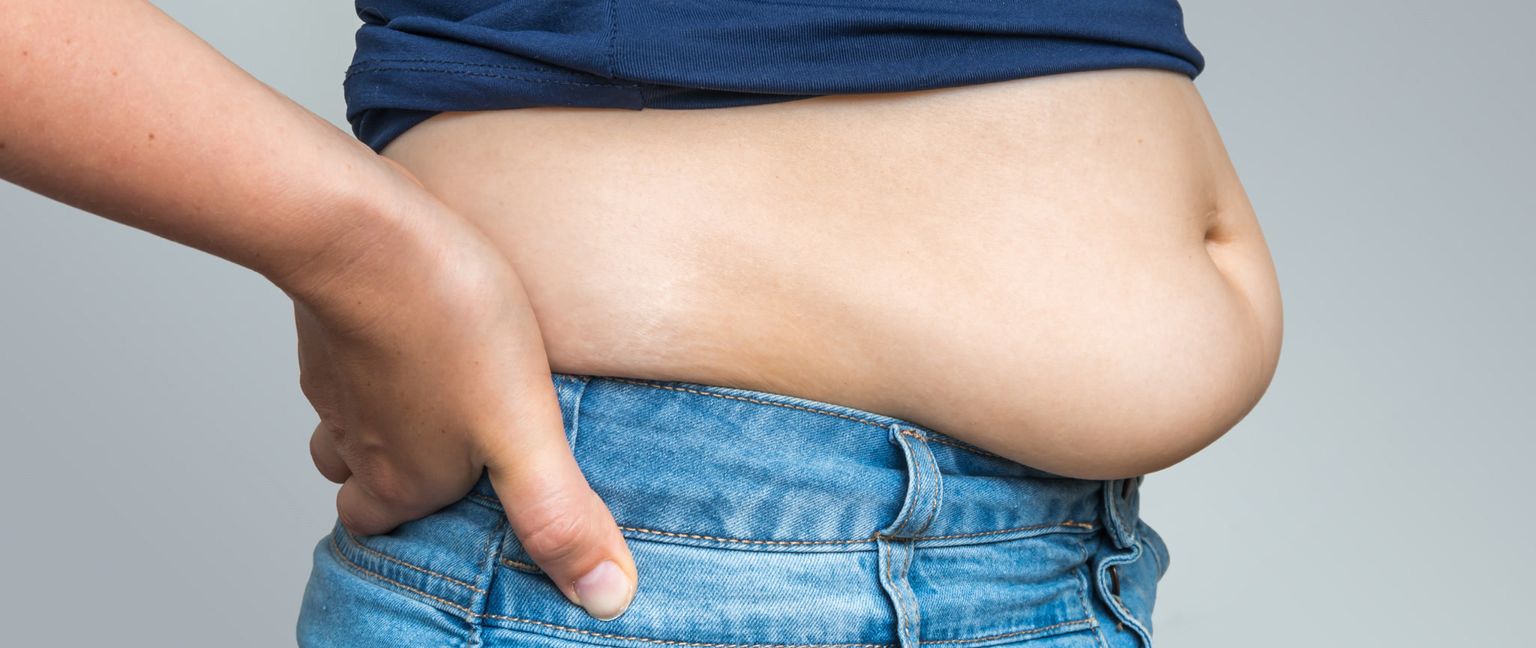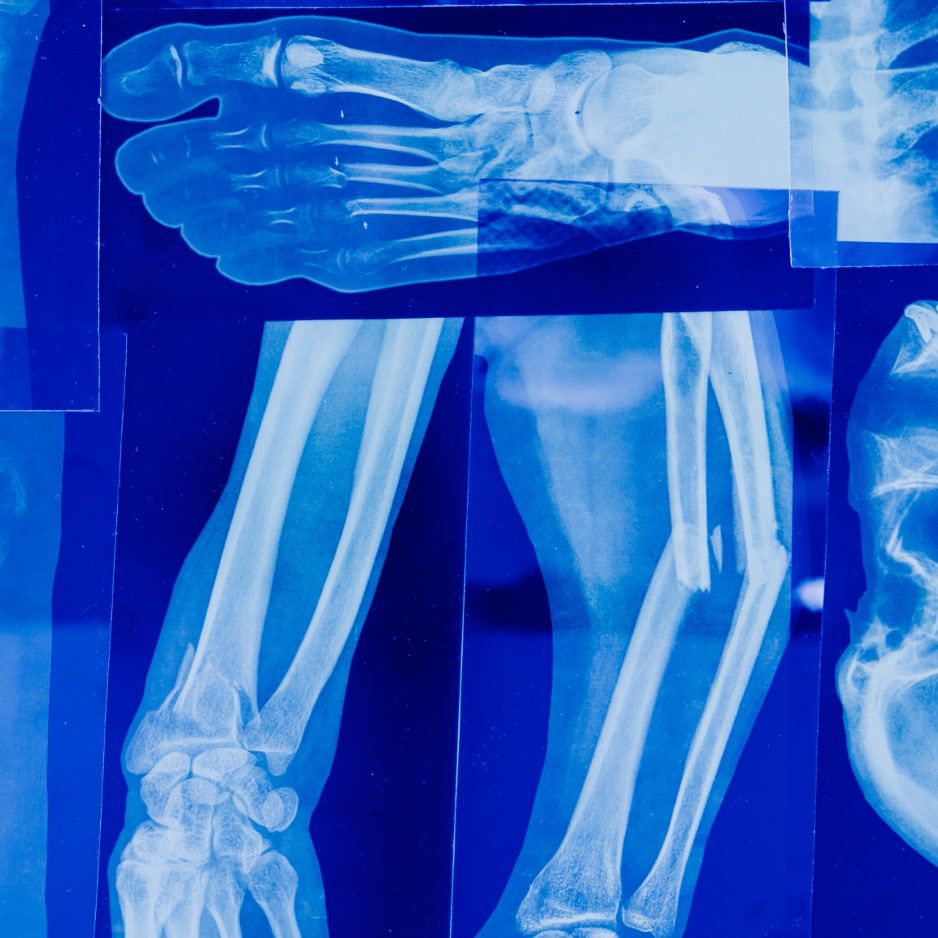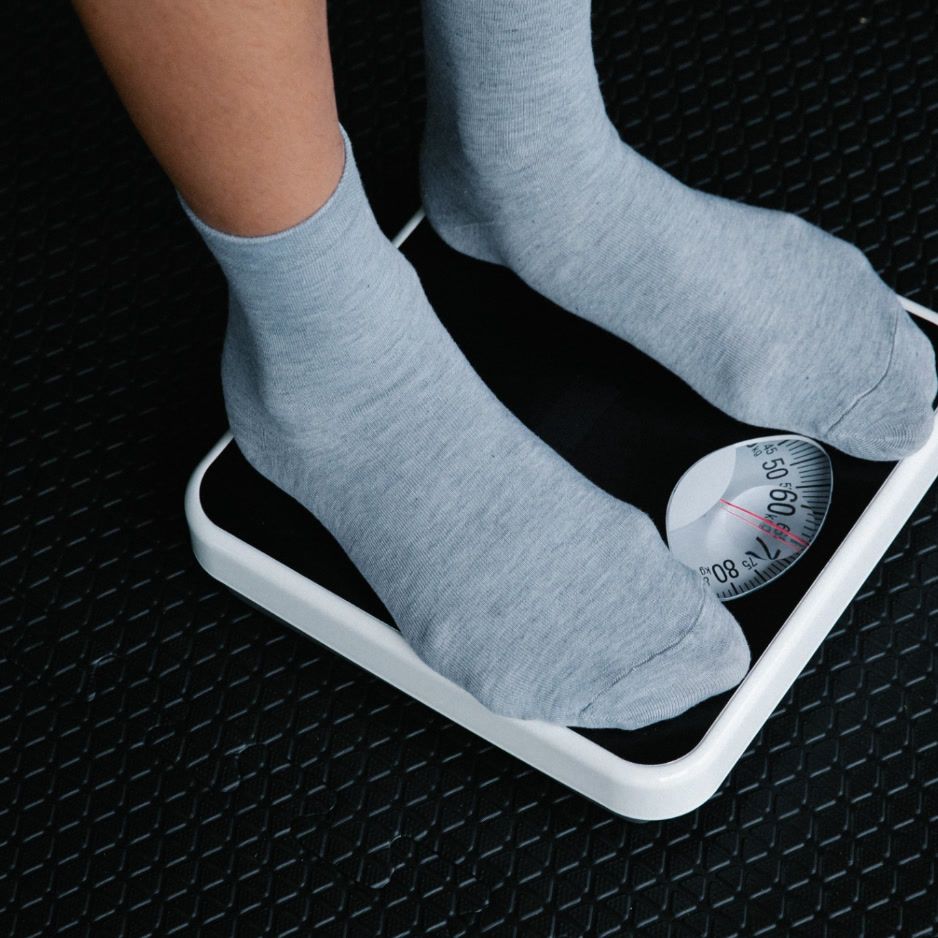Part 2 of Our Guide to Visceral and Subcutaneous Fat

Understanding Subcutaneous Fat and Visceral Fat
Body fat isn't all created equal. You've probably heard the terms 'subcutaneous fat' and 'visceral fat' before, but what do they really mean? Let's take a deep (fat) dive!
Get weekly updates.
Subcutaneous Fat
Subcutaneous fat is the jiggly stuff that you can pinch – it's located directly under your skin. Everyone has it, and it makes up about 90% of the body's total fat.
This type of fat plays several roles. It helps to regulate body temperature, cushions your muscles and bones, and stores energy. Plus, it acts as a passageway for nerves and blood vessels.
While it can be aesthetically unappealing if there's too much of it, subcutaneous fat is not as dangerous as visceral fat. However, large amounts can still contribute to insulin resistance and other health issues.

Visceral Fat
Visceral fat, on the other hand, is the stuff that's stored deep in your abdomen, surrounding your internal organs like your liver, stomach, and intestines.
This type of fat is much more concerning from a health perspective. It's metabolically active and can secrete harmful substances that affect how your body functions. High levels of visceral fat are associated with a greater risk of health problems like heart disease, type 2 diabetes, high blood pressure, and certain cancers.
So, while both types of fat can contribute to health problems in excess, it's the visceral fat that's the real bad guy. Remember, it's not just about the number on the scale, but where your body stores fat that matters for your health.
Article Highlights:
-
Subcutaneous fat, located directly under the skin, makes up about 90% of the body's total fat and has several essential functions.
-
Visceral fat is stored deep in the abdomen, surrounding internal organs, and can contribute to various health problems if levels are high.
-
Both types of fat can contribute to health problems in excess, but visceral fat poses a greater risk.


